In the Amazon, more than 3 million people are served by isolated minigrids. The hundreds of minigrids fed by diesel gen sets operated by independent power producers (IPPs) and public power utilities in the Amazon region all make use of government subsidies that cover 100% of the fuel costs. Quite often, more than a liter of diesel is consumed in transporting a liter of diesel to these remote and difficult-to-access areas. In 2023 alone, burning subsidized diesel in the Amazon minigrids will emit 1.6 MtCO2eq, with a fuel cost of $2.5 billion, which is shared by all Brazilians through the Fuel Consumption Account. The supply of electricity depends on the logistics of supplying diesel, which may be interrupted in times of drought, requiring that the diesel plants in certain locations have large fuel storage tanks. Furthermore, many locations with dirt road access suffer difficulties during the rainy season, requiring larger fuel stocks, as is the case of the town of Oiapoque shown below, which has a storage capacity of 1.5 million liters of fuel, with an autonomy of 45 days.
Over the last decades, attempts to reduce the participation of diesel generation in the riverside and isolated Amazon villages and towns have not been successful. IPPs prefer to stick to the diesel gensets they know so well, under the convenient shelter of the subsidies designed many decades ago to provide energy access, energy security, and reliability of service. In the meantime, many renewable energy technologies (RETs) have experienced price reductions and have established themselves in terms of reliability and the use of locally available natural resources. In this context, RETs such as biomass, solar and wind have been evaluated in order to assist in the Amazon Energy Transition, and a comprehensive analysis is presented here.
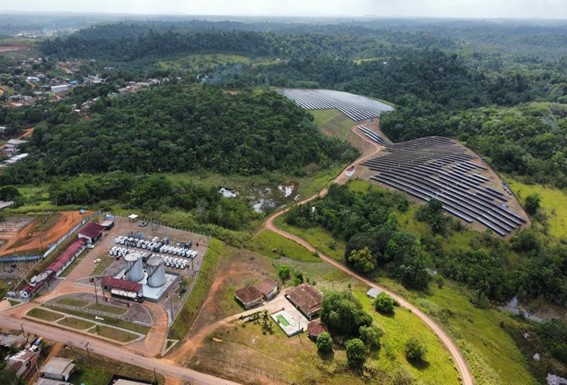
Image: ISES
Biomass: only a minority of the communities in isolated systems have sufficient capacity to generate energy using biomass production through the residues of the main crops in the region, including cassava, açaí, maize, banana, and sweet potato, among several others. Energy production through the burning of wood residues, obtained from sawmills that have a sustainable management plan and international certification of their product is something rare in the region, which is found in only one site (Itacoatiara – AM) operating in the Amazon (www.itacoatiara.com.br).
Wind: The Amazon region has a low average annual wind speed (less than 4 m/s), which, coupled with the difficult access and lack of scale in these isolated communities, render wind energy generation not competitive in the region.
Photovoltaics: The solar radiation resource is abundant and evenly spread all over the Amazon; the average annual global horizontal irradiation is over 1700 kWh/m2.year. Solar energy is a modular solution that is easy to install and low maintenance, but the technology has an important downside, which is the large area requirement. For the implementation of solar plants in the Amazon, three options are possible: i) centralized, ground-mounted PV plants, ii) floating solar PV plants, and iii) small distributed photovoltaic systems (rooftops or ground, including agrivoltaics).
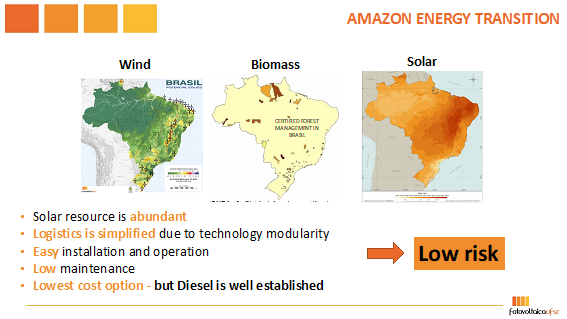
Image: ISES
The large-area, centralized ground-mounted option runs into an important constraint, which is the availability of suitable areas for the installation of the area-intensive solar PV plants without further forest suppression. The Amazon rainforest is very dense with tall trees, and this is the main bottleneck of this technical solution, since for many locations there are no clear areas in this order of magnitude. Agrivoltaics can play an important role here, associating PV power production and sustainable land use.
Floating PV systems, which could be installed on the riverbanks close to which a good part of the isolated communities are located, are another option. Floating PV is widely used in places with high demographic density and low availability of land areas such as Singapore and Japan, and is typically installed on lakes or reservoirs, places of still water, with water movement only associated with the local wind. The technical viability of installing floating PV systems along the fast-current Amazon rivers is faced with great resistance and skepticism by the main and most experienced manufacturers of floating systems.
The third option for PV generation is the rooftop distributed solution that is so commonly deployed in urban areas, with more than 2 million installations operating in the Brazilian interconnected energy distribution system. Analyses carried out by the Brazilian National Institute for Space Research (INPE) show that the number of existing roofs in these isolated communities can guarantee a high percentage of service for these isolated systems. The option also presents important social aspects, because for PV integration in a large number of systems, a considerably large local labor force for installation and subsequent maintenance would be required.
The typical residential dwelling in these low-income communities uses low-cost fiber cement roof tiles, mounted on frail timber structures that cannot withstand the 20-25 kg/m2 additional load imposed by the typical PV module + aluminum structure used in rooftop PV. To enable rooftop PV integration under these conditions, fiber cement PV roof tiles have been developed by one of the largest fiber cement roof tile manufacturers in Brazil, and are at the final stages of endurance and reliability testing at the Solar Energy Laboratory at Universidade Federal de Santa Catarina. The additional weight of the stripes of 1/6 cut solar cells on the final roof tile is negligible, and the replacement of a number of these PV tiles on existing roofs is straightforward. Expected costs are below the traditional rooftop PV system, but scaling up is necessary in order to get access to PV cells at competitive costs.
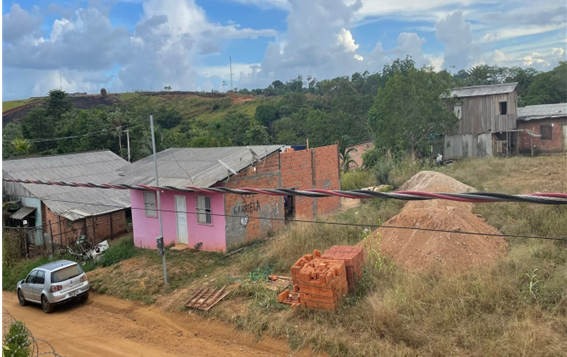
Image: ISES
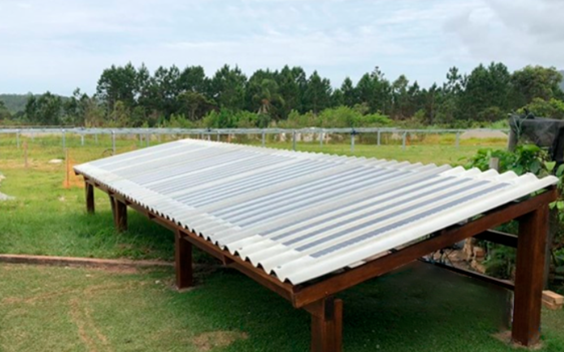
Image: ISES
In this assessment of scenarios for a sustainable and resilient energy transition in isolated systems in the Amazon, a portion of photovoltaic generators should be installed centrally in order to guarantee a central system of high performance, availability and reliability without clearing any further forest areas, while another significant portion of the generators should be installed distributed over rooftops and in agrivoltaic systems.
Authors: Prof. Andrew Blakers /ANU) & Prof. Ricardo Rüther (UFSC).
Andrew.blakers@anu.edu.au and rruther@gmail.com
ISES, the International Solar Energy Society is an UN-accredited membership NGO founded in 1954 working towards a world with 100% renewable energy for all, used efficiently and wisely.

The views and opinions expressed in this article are the author’s own, and do not necessarily reflect those held by pv magazine.
This content is protected by copyright and may not be reused. If you want to cooperate with us and would like to reuse some of our content, please contact: editors@pv-magazine.com.
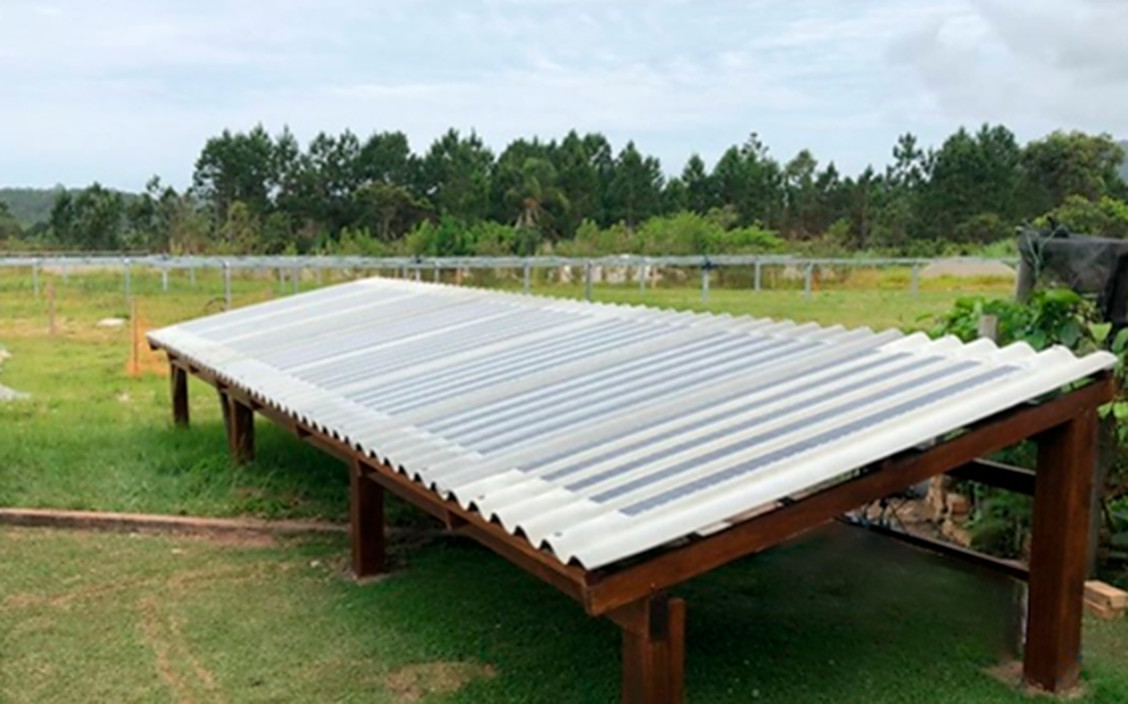


By submitting this form you agree to pv magazine using your data for the purposes of publishing your comment.
Your personal data will only be disclosed or otherwise transmitted to third parties for the purposes of spam filtering or if this is necessary for technical maintenance of the website. Any other transfer to third parties will not take place unless this is justified on the basis of applicable data protection regulations or if pv magazine is legally obliged to do so.
You may revoke this consent at any time with effect for the future, in which case your personal data will be deleted immediately. Otherwise, your data will be deleted if pv magazine has processed your request or the purpose of data storage is fulfilled.
Further information on data privacy can be found in our Data Protection Policy.